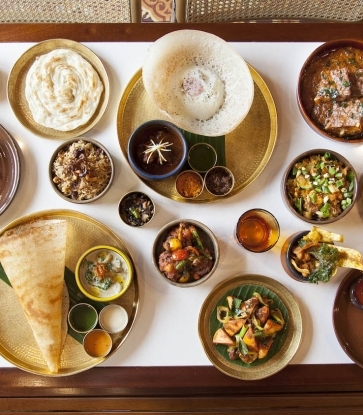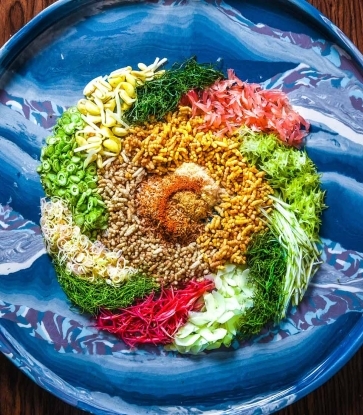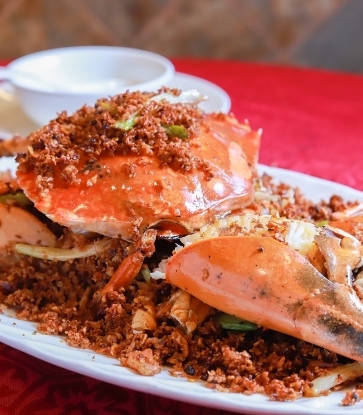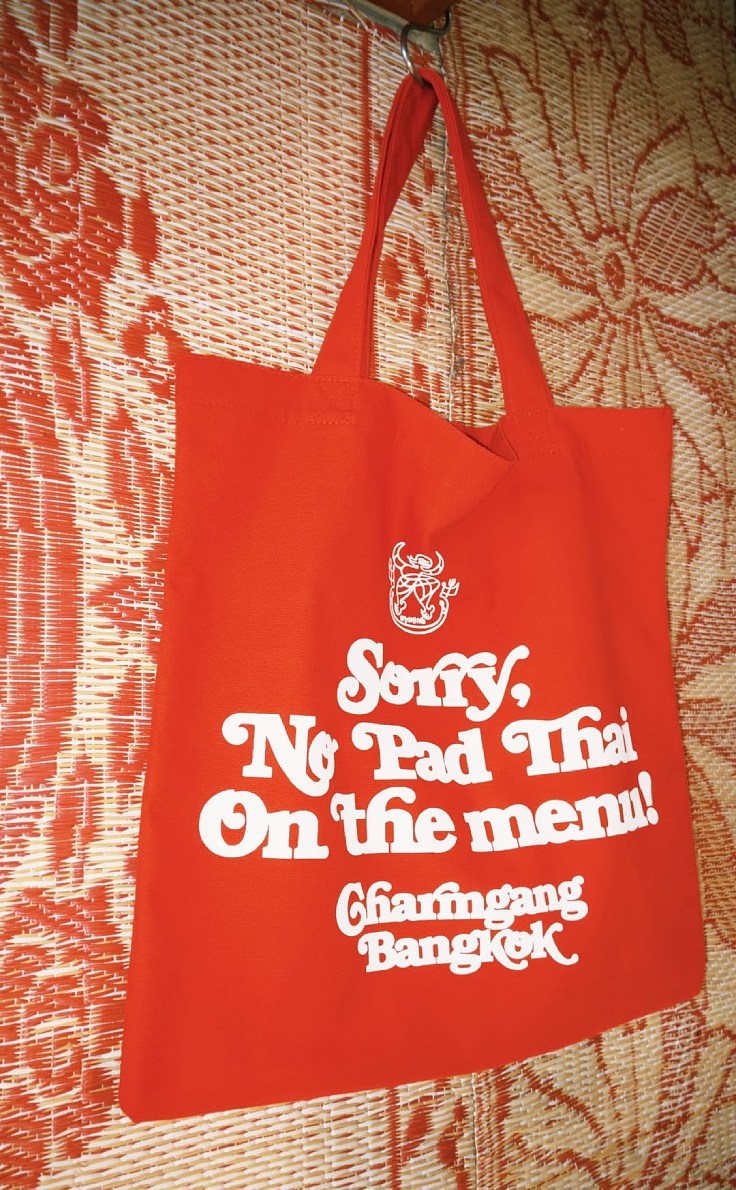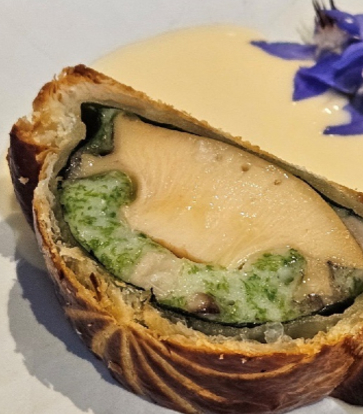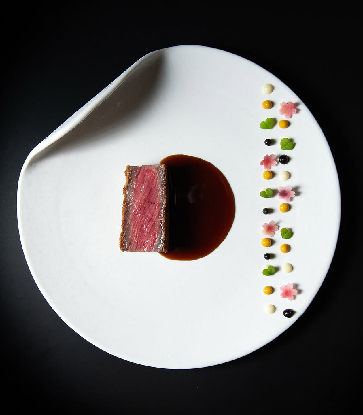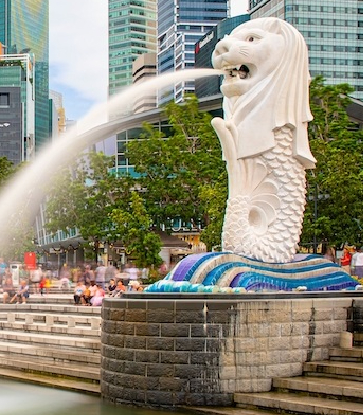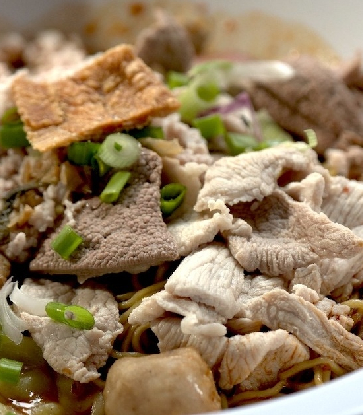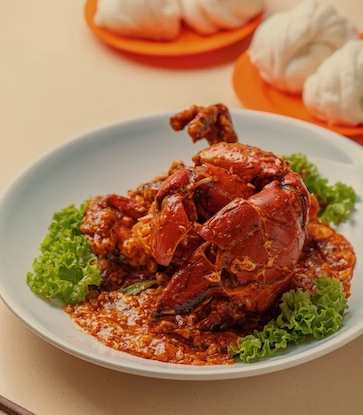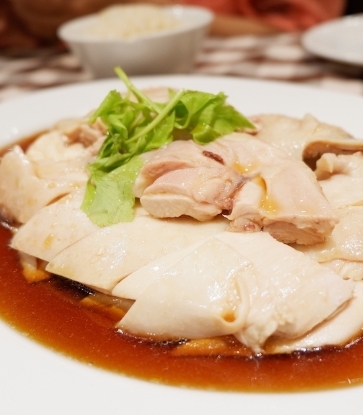Singapore’s love of sauces is evident in many of its iconic dishes — after all, what is satay without peanut sauce, or rojak without its dark, caramelly dressing? Often, the sauce completes the dish: yusheng, for example, is not possible without the all-important plum sauce that binds all the ingredients together into a single, cohesive, delicious salad. Here are nine of Singapore’s favorite sauces, for lashings of flavor in every dish.

1. Chili Crab Sauce
Chili crab is the quintessential Singaporean dish on every visitor’s list. The dish’s trademark sweet, sour and spicy taste profile is an iconic representation of what constitutes the “Singaporean flavor identity” to a visiting epicure.
The chili crab recipe detailed in the revered Mrs. Lee’s Cookbook, written by none other than Mrs. Lee Chin Koon, the mother of Singapore’s first Prime Minister Lee Kuan Yew, lists ginger, garlic, chilis, sugar, salt and tomato ketchup as the main ingredients for the sauce. Beaten eggs are stirred in towards the end to form the signature egg ribbons that streak through the versatile gravy.
Nothing beats cooked crab blanketed with the piquant sauce, though it also complements various other seafood and is a common dip for toasts and deep-fried mantou buns.
Where to savor chili crab sauce:
Alliance Seafood (Bib Gourmand, MICHELIN Guide Singapore 2024)
Kok Sen (Bib Gourmand, MICHELIN Guide Singapore 2024)
Keng Eng Kee (Bukit Merah) (Selected, MICHELIN Guide Singapore 2024)
Mellben Seafood (Ang Mo Kio) (Selected, MICHELIN Guide Singapore 2024)
Sin Hoi Sai (Tiong Bahru) (Selected, MICHELIN Guide Singapore 2024)

2. Chili Garlic Lime Sauce
It is often said that one of the most important factors distinguishing one Hainanese chicken rice eatery from another is its chili garlic lime dip.
The Hainanese are masters of poaching chicken to a state of perfection, with firm-yet-succulent meat neatly chopped, attractively arrayed and bathed in a light soy sauce, sesame oil and chicken fat dressing. It is served with fragrant, chicken-flavored rice, a light chicken soup, a minced ginger and scallion oil dip, and the all-important chili-garlic-lime sauce.
Purists fashion the chili-garlic-lime sauce out of fresh red chilis, garlic, chicken stock (from the poaching liquid) and fresh calamansi juice. The sharp, spicy-tangy flavors from the sauce elevate the taste of poached chicken to a whole new level. Stirred into the rice, the sauce cuts through the richness of the chicken-fat-infused rice grains for a satisfying finish.
Margaret Drive Sin Kee Chicken Rice (Bib Gourmand, MICHELIN Guide Singapore 2024)
Tian Tian Hainanese Chicken Rice (Bib Gourmand, MICHELIN Guide Singapore 2024)
Tiong Bahru Hainanese Boneless Chicken Rice (Bib Gourmand, MICHELIN Guide Singapore 2024)
People’s Park Hainanese Chicken Rice (Selected, MICHELIN Guide Singapore 2024)

3. Hoisin Sauce
One of the most recognizable sauces in Chinese cuisine, its name comes from the Cantonese term for “seafood.” The fragrant, sweet-savory properties of hoisin come from a blend of mashed fermented soybeans, salt, garlic, sugar and vinegar, amongst others.
Hoisin sauce is best known as the all-important condiment for Peking duck, to be smeared onto the pancake wrap before it’s topped with Peking duck skin, duck meat, julienned leek and cucumber batons. More hoisin sauce is often served on the side as a dip.
Hoisin sauce is also used in Hokkien fresh popiah (spring rolls), providing a sweet-savory contrast to the spicy chili paste which is also smeared onto the popiah skin before the stewed jicama and meat filling is heaped on and rolled.
Where to savor hoisin sauce:
Lei Garden (One MICHELIN Star, MICHELIN Guide Singapore 2024)
Ann Chin Handmade Popiah (Selected, MICHELIN Guide Singapore 2024)
Imperial Treasure Super Peking Duck (Paragon) (Selected, MICHELIN Guide Singapore 2024)
Min Jiang at Dempsey (Selected, MICHELIN Guide Singapore 2024)

4. Peanut Sauce
Peanuts are a New World crop introduced to Asia by early Spanish explorers returning from the Americas. The Spanish and Portuguese had gained footholds in the Indonesian archipelago by the 16th century as a result of the spice trade and introduced the nuts to the locals. Since then, peanut-based sauce has had a huge presence in Indonesian cuisine. Freshly-roasted, ground peanuts are often combined with garlic, shallots, galangal, turmeric, lemongrass, sugar, tamarind and aromatic spices like cumin and coriander to provide rich, tasty dressings for salads such as gado-gado, pecel and ketoprak.
Last, but not least, one can never enjoy barbecued satay skewers without the accompanying spicy peanut dip. In Singapore, the Hainanese pork satay sauce combines puréed pineapple with spicy peanut sauce, introducing yet another delectable taste dimension.
Where to savor peanut sauce:
C.M.Y Satay (Selected, MICHELIN Guide Singapore 2024)
National Kitchen (Selected, MICHELIN Guide Singapore 2024)
Pondok Makan Indonesia (Selected, MICHELIN Guide Singapore 2024)

5. Rojak Sauce
The much-loved rojak — a fruit salad with Javanese origins — is distinguished by its dark, caramelly sauce which binds together an assortment of freshly cut raw fruits and vegetables including jicama, green mango, rose apple, pineapple and cucumber. There are variants of what goes into the rojak — the Chinese will add fried dough sticks (youtiao), tofu puffs and boiled water spinach (kangkong), whilst the Nyonyas work in finely chopped torch ginger (bunga kantan) for a floral hit. Crushed peanuts are added for an additional textural dimension.
The basic rojak sauce is a blend of chilis, palm sugar (Gula Melaka), fermented shrimp paste (belachan), tamarind and calamansi. It can be enjoyed both as a dressing or a dip.
Where to savor rojak sauce:
The Coconut Club (Beach Road) (Bib Gourmand, MICHELIN Guide Singapore 2024)
True Blue Cuisine (Bib Gourmand, MICHELIN Guide Singapore 2024)
Singapore Famous Rojak (Selected, MICHELIN Guide Singapore 2024)

6. Salted Duck Egg Yolk Sauce
Preserving eggs using salt dates back to the 5th century AD, as chronicled in Qimin Yaoshu, the ancient Chinese agricultural text of the Northern Wei Dynasty.
Despite its millennia-old existence, the use of salted duck egg yolk sauce to deliver an umami hit is a relatively modern fad that hit the peak of its popularity in the 2010s. With its intense oily-rich, salty-savory taste, coupled with a deliciously addictive grainy texture, salted duck egg yolk sauce pairs well with many food items, ranging from crisp-fried fish and fish-skins to batter-fried shellfish, meats, and tofu and pumpkin wedges.
Where to savor salted duck egg-yolk sauce:
Kok Sen (Bib Gourmand, MICHELIN Guide Singapore 2024)
Keng Eng Kee (Bukit Merah) (Selected, MICHELIN Guide Singapore 2024)
Majestic (Selected, MICHELIN Guide Singapore 2024)
Sin Hoi Sai (Tiong Bahru) (Selected, MICHELIN Guide Singapore 2024)

7. Sambal Sauce
The grandmother of all sauces in the Singapore culinary universe, sambal owes its beginnings to the marauding Portuguese invaders of the 16th century. Explorer Vasco da Gama reached India in 1498, merely six years after Columbus discovered the Americas. The arrival of the chili from its Central American birthplace to Asia, where its most enthusiastic connoisseurs were to receive it with open arms, revolutionized local cuisines here irrevocably.
Sambal sauce usually consists of freshly pounded red chilis, fermented shrimp paste (belachan), salt, sugar and a squeeze of calamansi. As much an appetite stimulant as a taste enhancer, sambal can jolt a dull fried fish dish or a lackluster chicken stew into life. Eyes tear, sweat pours and tongues are set a-tingling as the fiery sambal ignites the senses.
Where to savor sambal sauce:
True Blue Cuisine (Bib Gourmand, MICHELIN Guide Singapore 2024)
Whole Earth (Bib Gourmand, MICHELIN Guide Singapore 2024)
Kitchenman Nasi Lemak (Selected, MICHELIN Guide Singapore 2024)
National Kitchen (Selected, MICHELIN Guide Singapore 2024)
Straits Chinese (Cecil Street) (Selected, MICHELIN Guide Singapore 2024)

8. Sweet and Sour Sauce
Perhaps the most recognizable item on a Chinese restaurant menu in the West is the sweet and sour pork — a dish that transcends taste and borders alike. A surprisingly old dish, one of the earliest documented instances of sweet and sour is found in the Shaowei Yanshi Dan, a menu from a Tang Dynasty (618 to 907 AD) celebratory banquet held to honor scholars who passed their imperial exams.
From its early incarnation, which paired sugar or honey with rice vinegar, the sweet and sour sauce has evolved to incorporate latter-day components such as tomato ketchup. Today, dishes that use sweet and sour sauce — now refined with additions like soy sauce, Worcestershire sauce, fruits and various spices — can be enjoyed in almost every Chinese restaurant.
Where to savor sweet and sour sauce:
Lei Garden (One MICHELIN Star, MICHELIN Guide Singapore 2024)
Crystal Jade Golden Palace (Selected, MICHELIN Guide Singapore 2024)
Majestic (Selected, MICHELIN Guide Singapore 2024)
Wah Lok (Selected, MICHELIN Guide Singapore 2024)

9. XO Sauce
This relatively modern condiment traces its origins to the Peninsula Hotel Hong Kong’s One-MICHELIN-Star restaurant, Spring Moon. In the 1980s, the chefs concocted a salty-spicy, umami-packed sauce by sautéing dried scallops, dried shrimp, Jinhua ham, pork fat and a blend of aromatics and spices like chilis, shallots, garlic and ginger.
Its versatility enables the XO sauce to be used as a dip for practically any dish, adding an intense hit of flavor. It can also be added to fried rice or noodles for a slightly spicy lift.
Where to savor XO sauce:
Summer Palace (One MICHELIN Star, MICHELIN Guide Singapore 2024)
Majestic (Selected, MICHELIN Guide Singapore 2024)
Wah Lok (Selected, MICHELIN Guide Singapore 2024)
Yì By Jereme Leung (Selected, MICHELIN Guide Singapore 2024)
A sauce oftentimes add character to the dish it accompanies. Its own taste properties are specifically designed to either complement, joust, elevate or placate the flavor profiles of the dishes they accompany. Whether poured onto one’s dish table-side with aplomb by the waiter, discreetly worked into a dish by the chef in the privacy of his kitchen or exhibited conspicuously on the table within easy reach of a diner, each sauce always plays a key role in the meal that it’s a part of.



